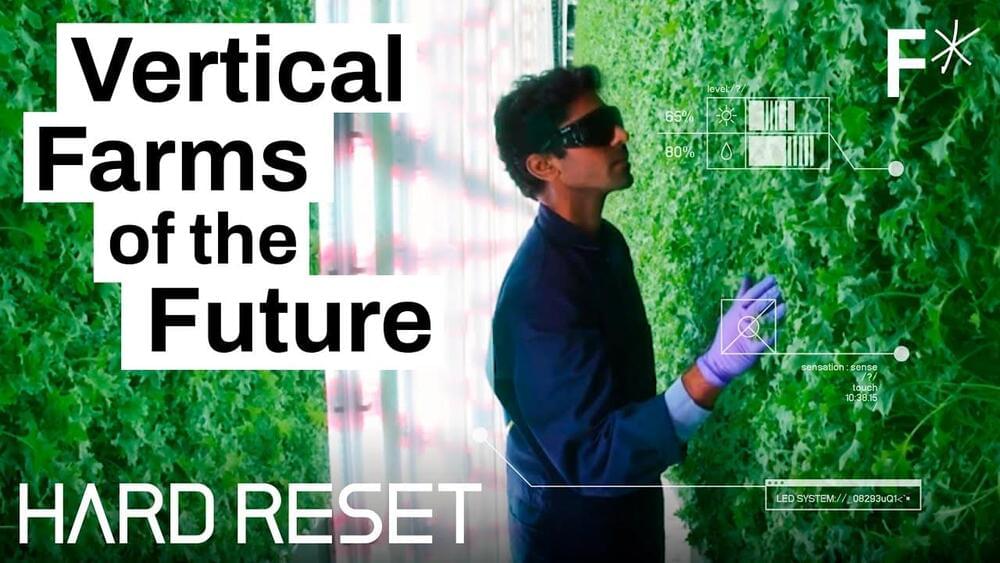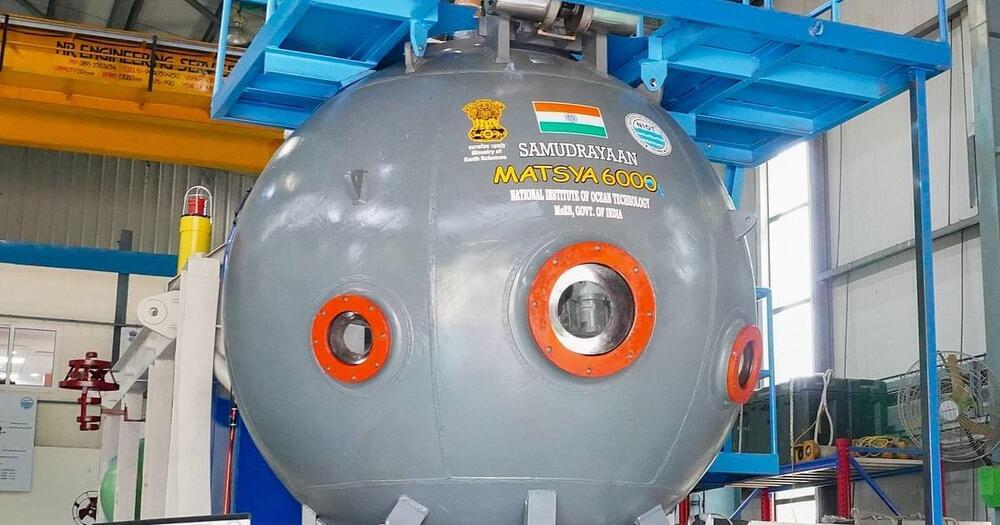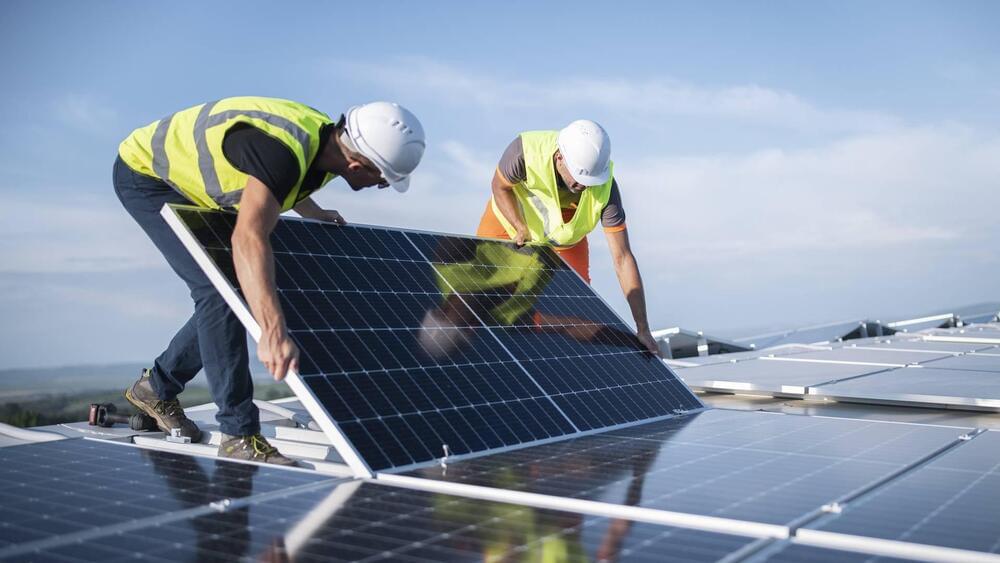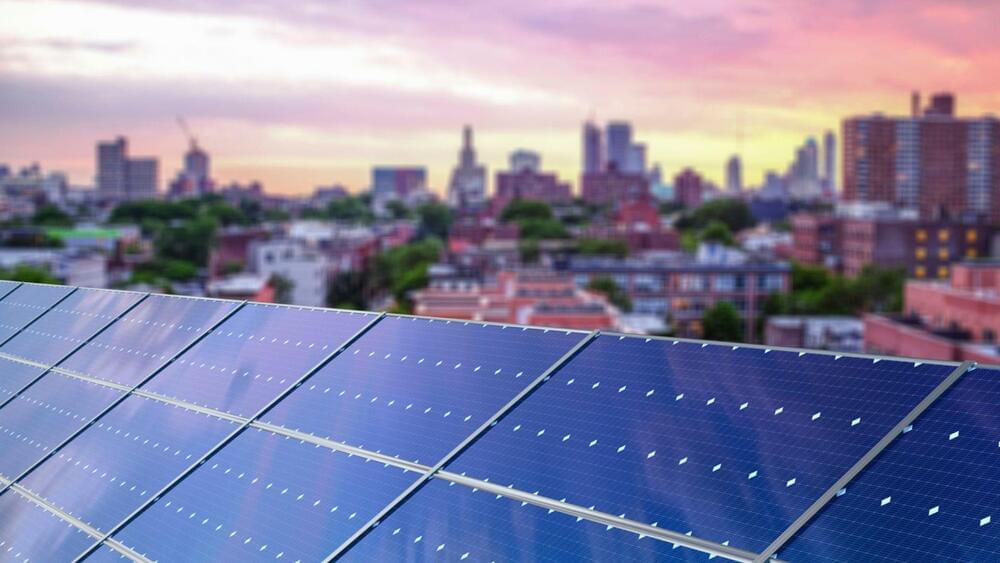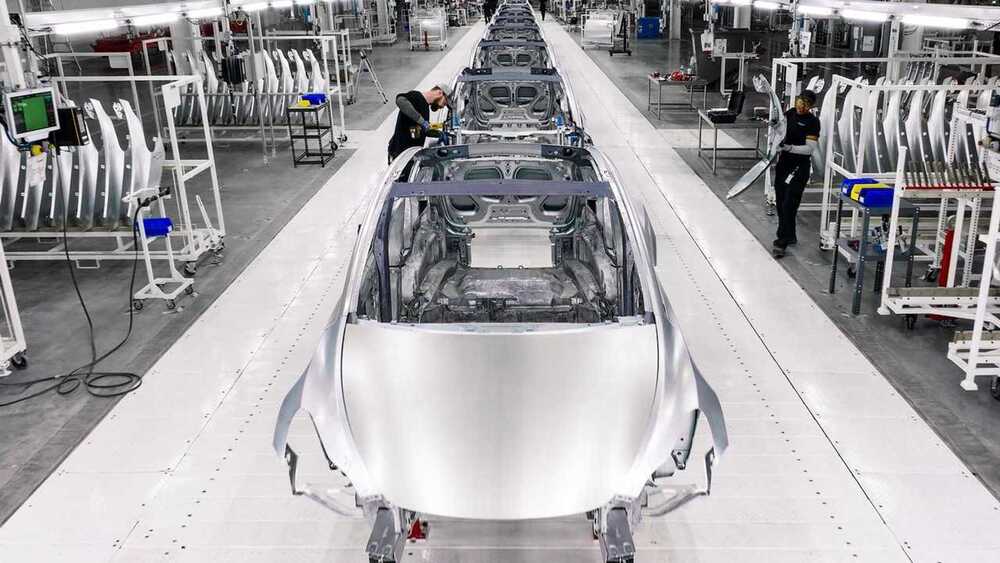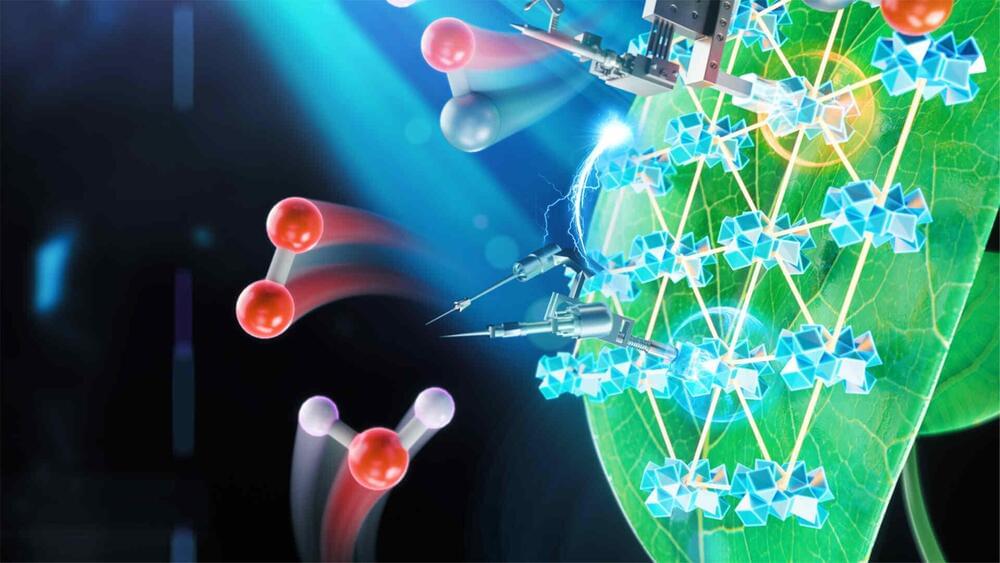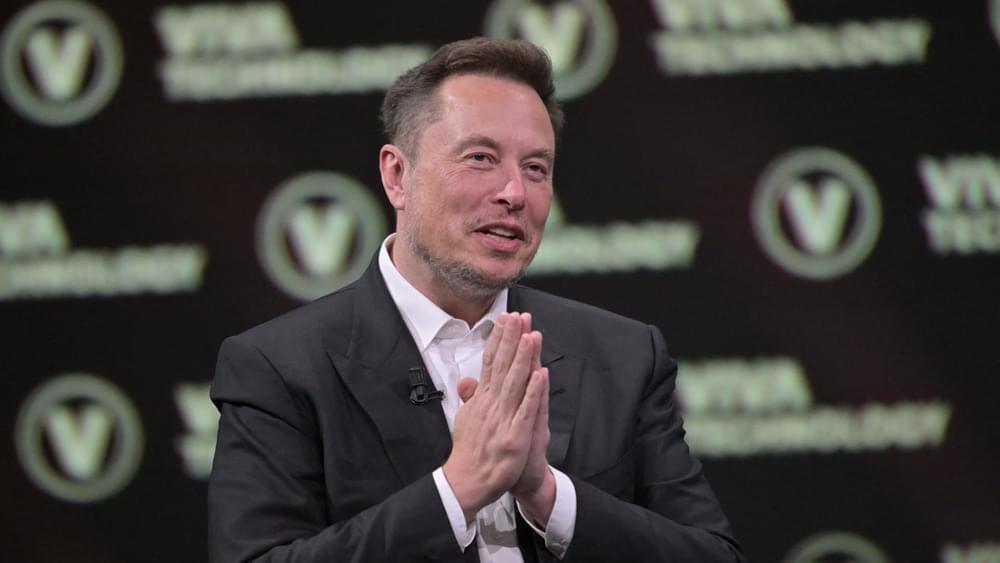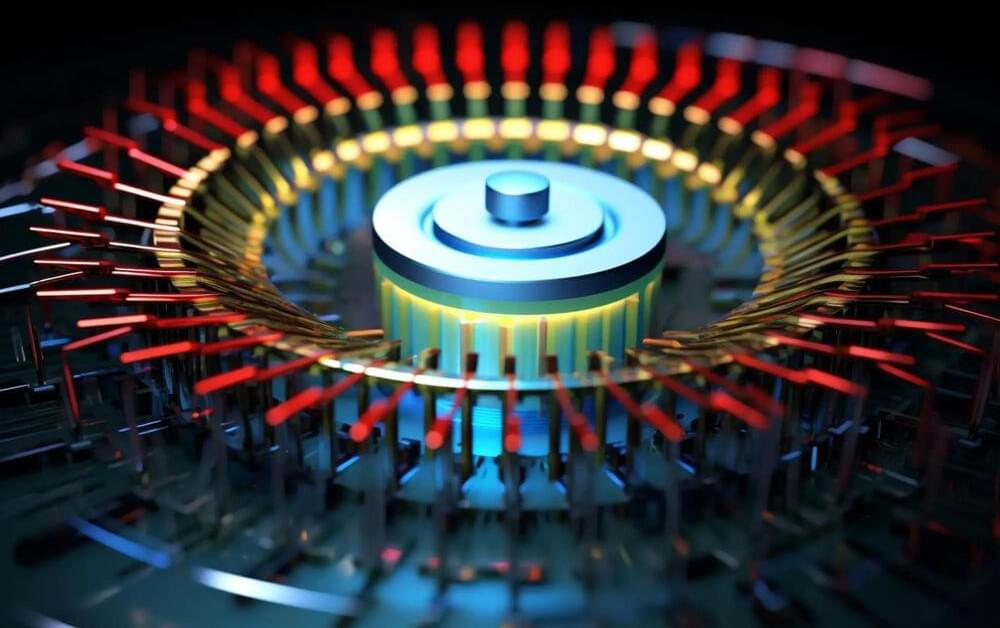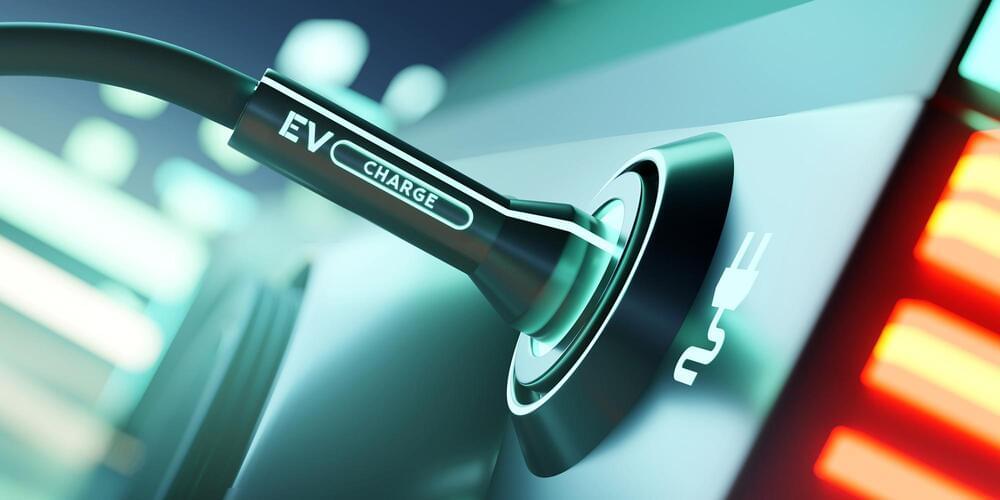Sep 17, 2023
Vertical farms could take over the world | Hard Reset by Freethink
Posted by Shubham Ghosh Roy in categories: energy, food, space, sustainability
Vertical farming saves water, land, and energy — and it could be how we grow food on Mars.
Subscribe here: http://freeth.ink/youtube-subscribe-verticalfarming.
Continue reading “Vertical farms could take over the world | Hard Reset by Freethink” »
